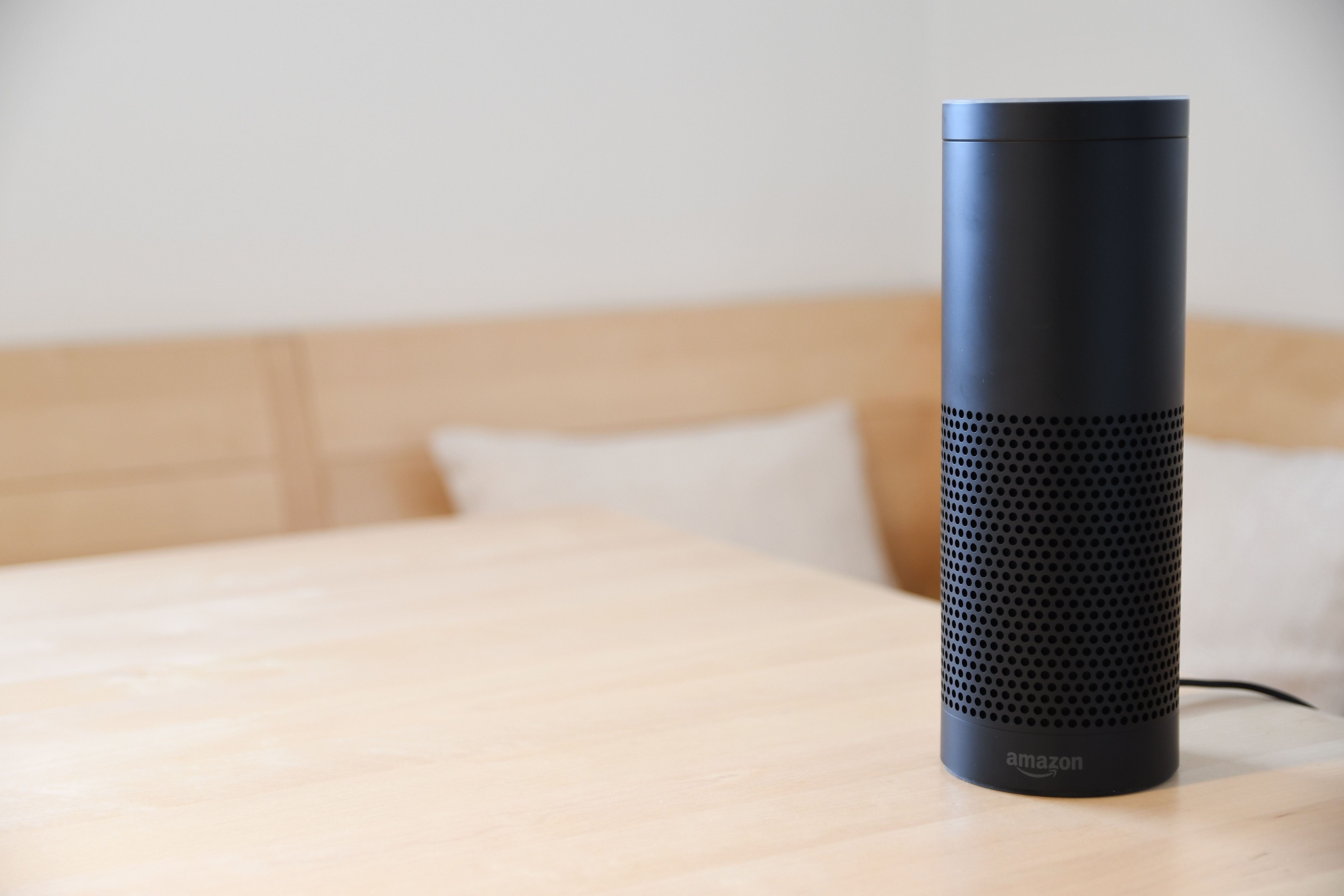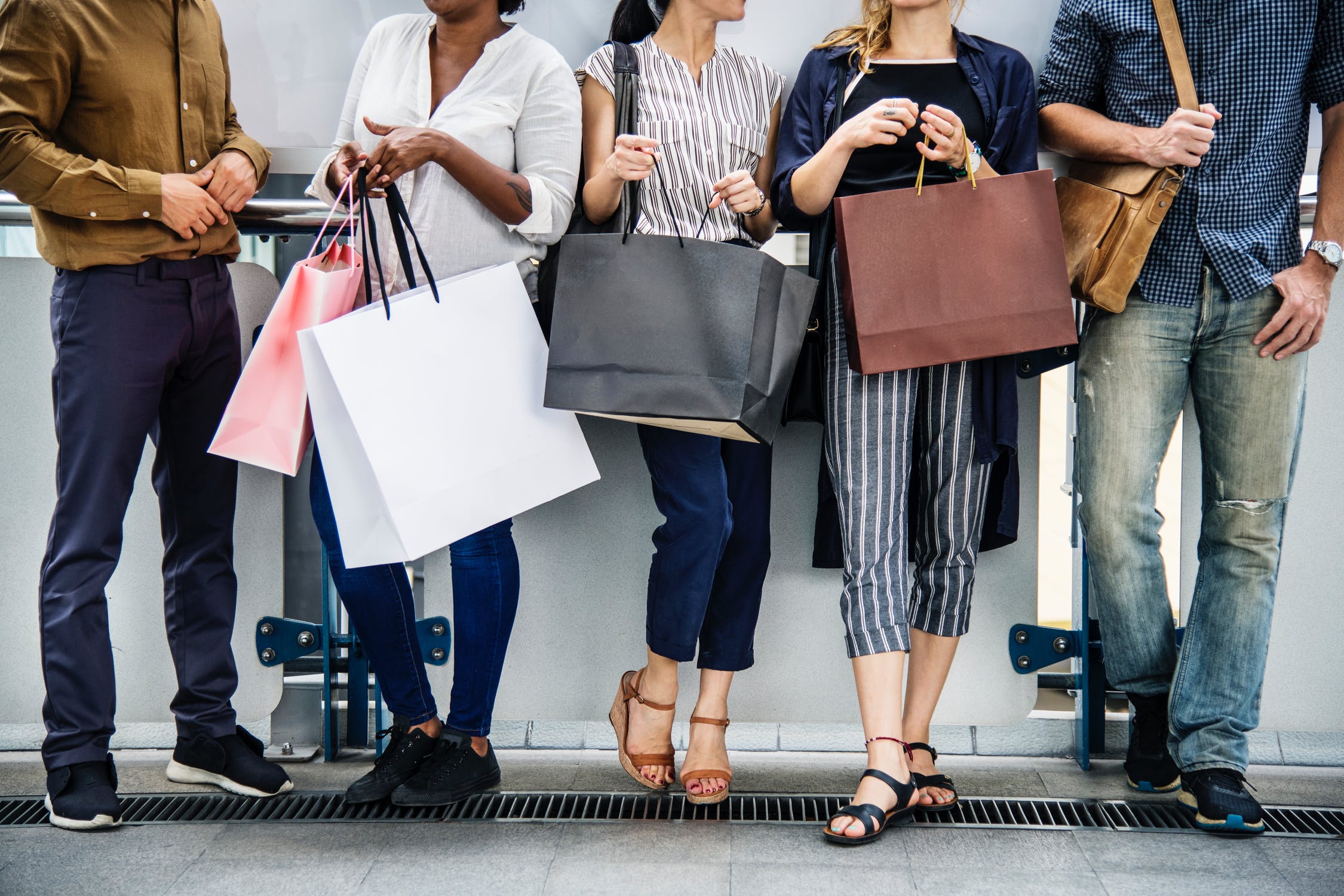Valentine’s Day is upon us and love is in the air at Ketner Group. Some of us will be watching romantic comedies (such as Crazy Stupid Love – objectively the greatest rom-com of all time). Some will be enjoying a nice dinner (now that KG has a New York office, perhaps Adrienne will enjoy a beautiful candle-lit dinner at my favorite dining establishment – White Castle). And others will be finding their own ways to celebrate (or not).
Regardless of our plans on Feb. 14, one thing will remain consistent for all of us here at Ketner Group: our love for retail. So, what can we expect this Valentine’s Day from our one true love?
NRF Projects Fewer Lovers but More Dollars
According to NRF, not everyone in the U.S. is feeling the love. Only 51% of Americans plan to celebrate the holiday, down from 55% last year and well below 2007’s high of 63%. It’s not all gloom for retail though. According to NRF’s release, “it is unclear why the number of consumers celebrating has trended downward over the past 12 years, but spending, while varying with the economy, has generally trended up.” In fact, the data shows that respondents plan to spend $161.96 on average. That’s a 13% increase from last year’s $143.56 and tops the previous record of $146.84 set in 2016. Total spending is expected to reach $20.7 billion, a 6% increase over last year’s $19.6 billion. This breaks the previous record of $19.7 billion, set in 2016.
What about those who aren’t celebrating? More than a third of those under the age of 35 who say they are not “celebrating” still have plans to spend money on themselves or spend time with other single friends. This might include buying a little something for themselves, going out to dinner, or splurging to celebrate Galentine’s Day right (What’s Galentine’s Day?).
If you’re without a Valentine this year, at least take comfort in knowing an important group will be pampered. According to the NRF data, a quarter of celebrants under the age of 35 plan to purchase Valentine’s Day gifts for their pets. And can you blame them? Dogs deserve it (cats, I’m not sure).
Looking Forward
When Valentine’s Day is over and the roses wilt, so too will the love for retail? Between this year’s government shutdown, tariffs and worries of an economic slowdown, some are concerned about the state of the industry throughout 2019. However, according to NRF, the “state of the economy is sound.” The organization estimates that retail sales this year will increase between 3.8% and 4.4%.
This growth would result in total 2019 retail sales of between $3.82 trillion and $3.84 trillion. Based on last year’s 10-12% online sales growth, e-commerce sales this year could reach between $751.1 billion and $764.8 billion. Fortunately, the success should continue, even if the candy hearts won’t.
This Valentine’s Day, the Ketner Group team will be thankful for the undying love that retail provides us with all year long. Will retail be as kind and tender to others during the rest of 2019? The numbers look promising, but as we all know, all is fair in love and retail.

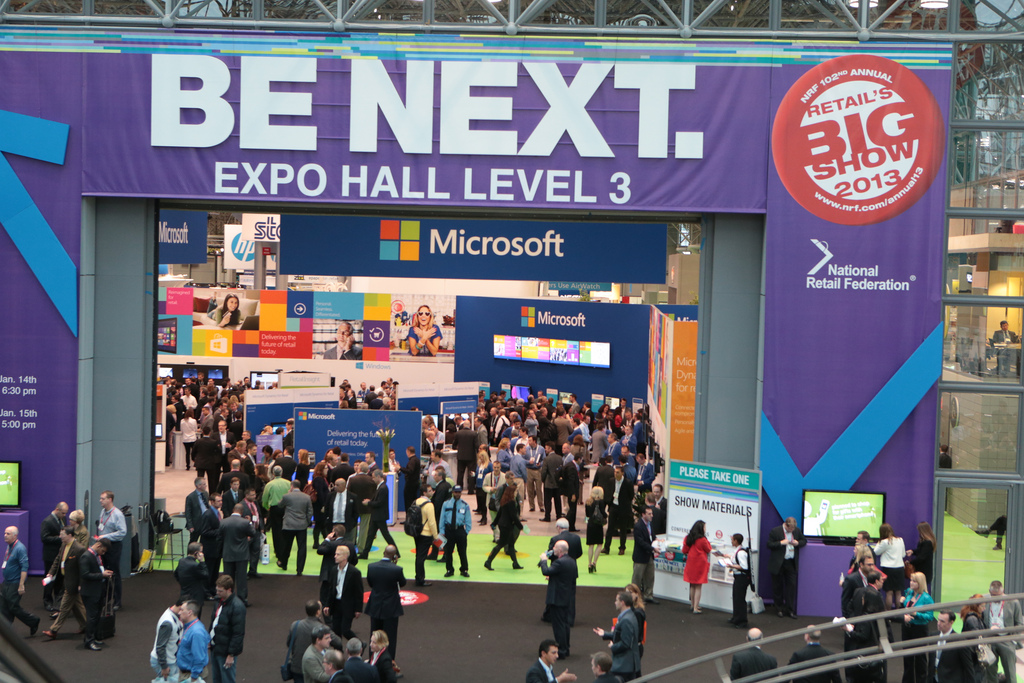
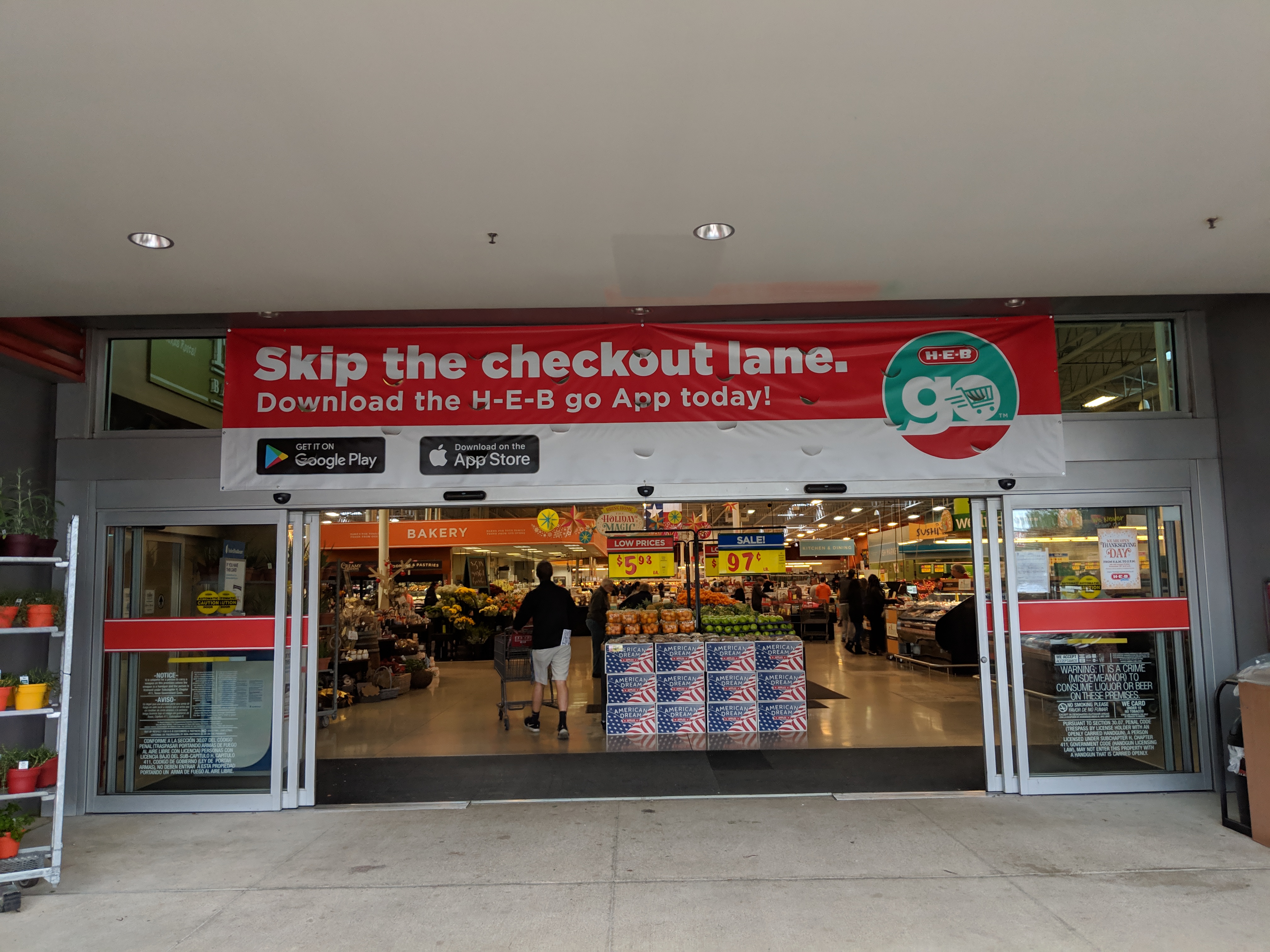
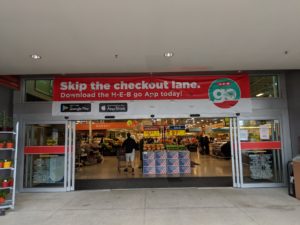
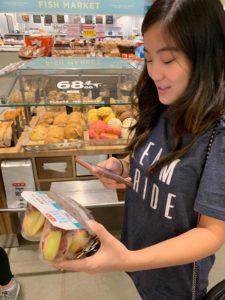
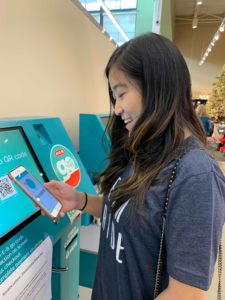
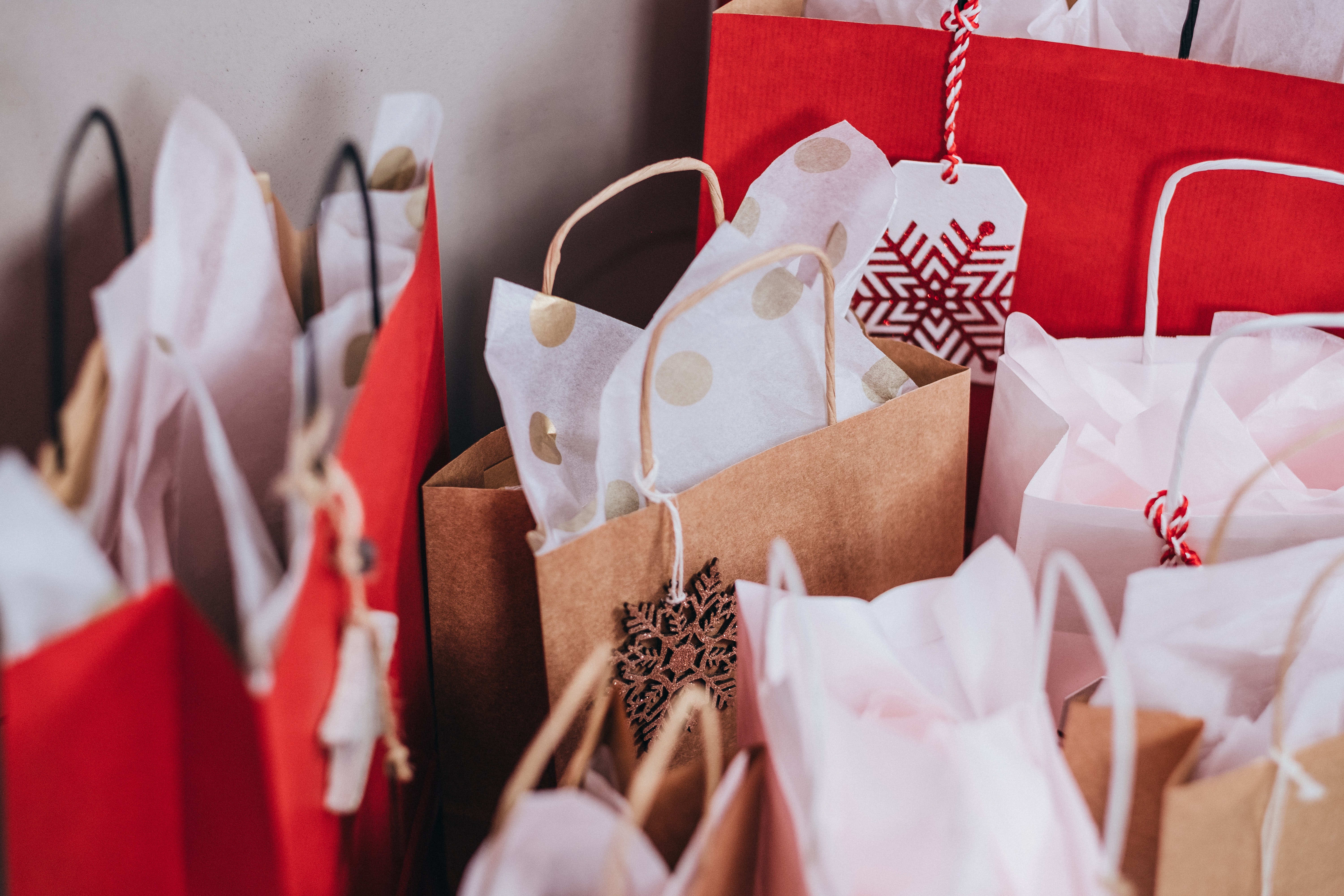
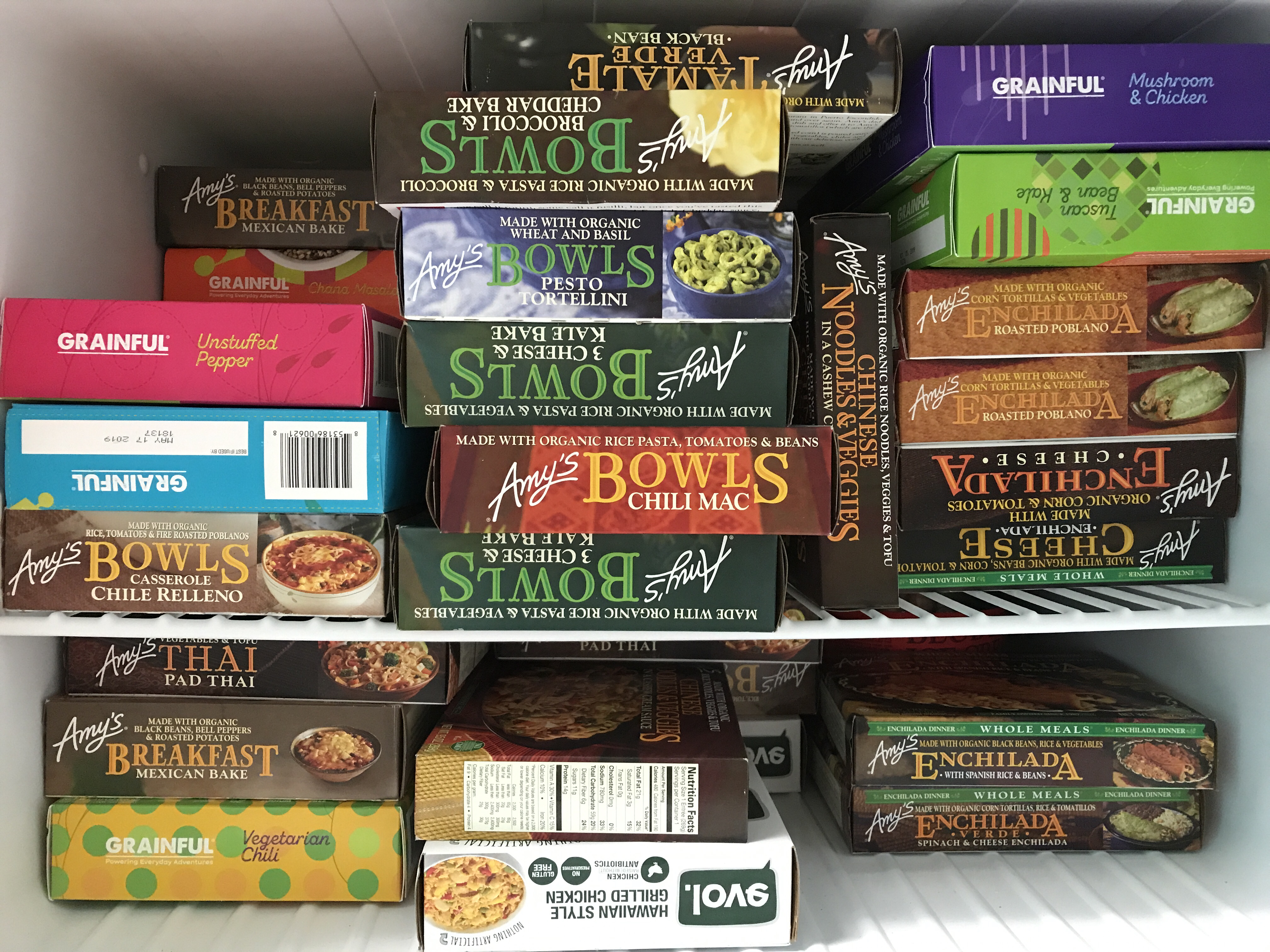
 Jeff: Yep, our first HEB Curbside pickup order was WAY less expensive than our Instacart deliveries. So I’m glad to see that
Jeff: Yep, our first HEB Curbside pickup order was WAY less expensive than our Instacart deliveries. So I’m glad to see that 
